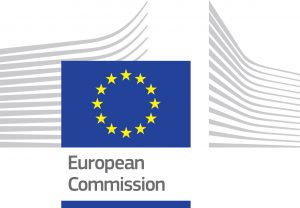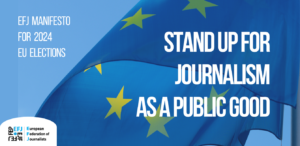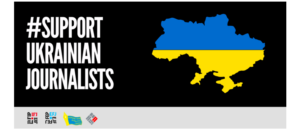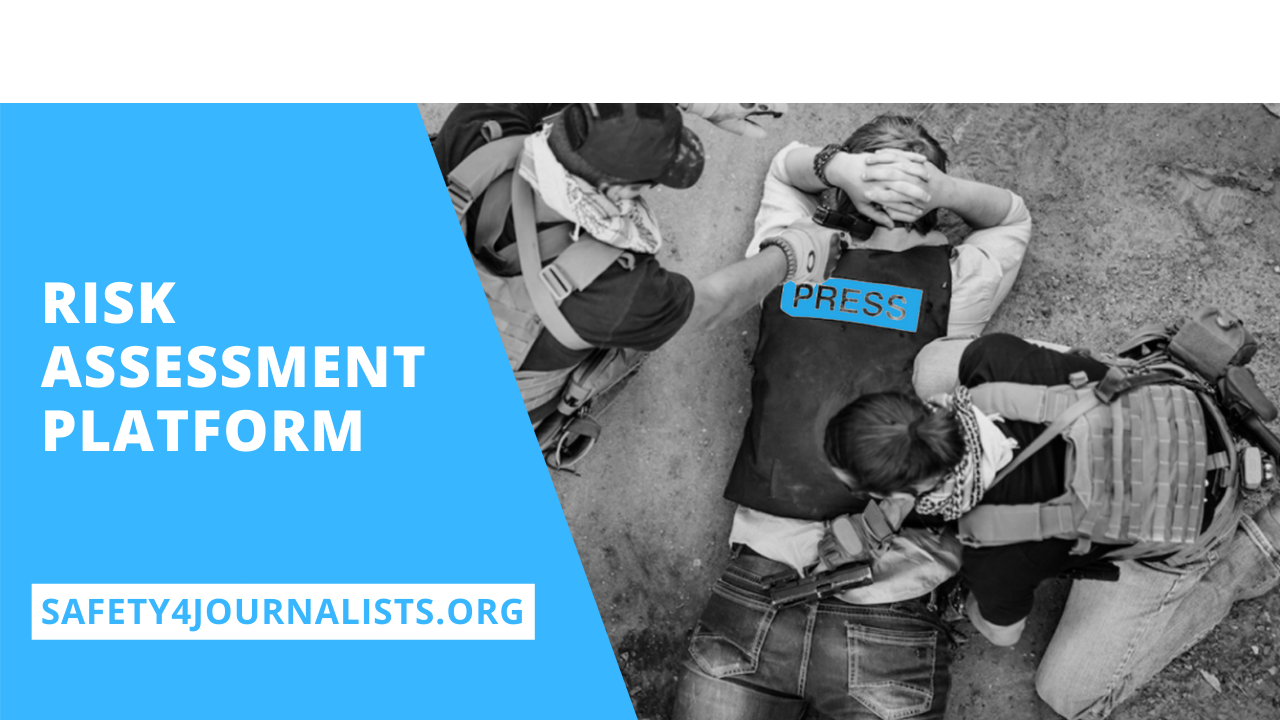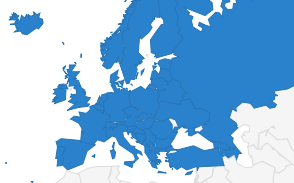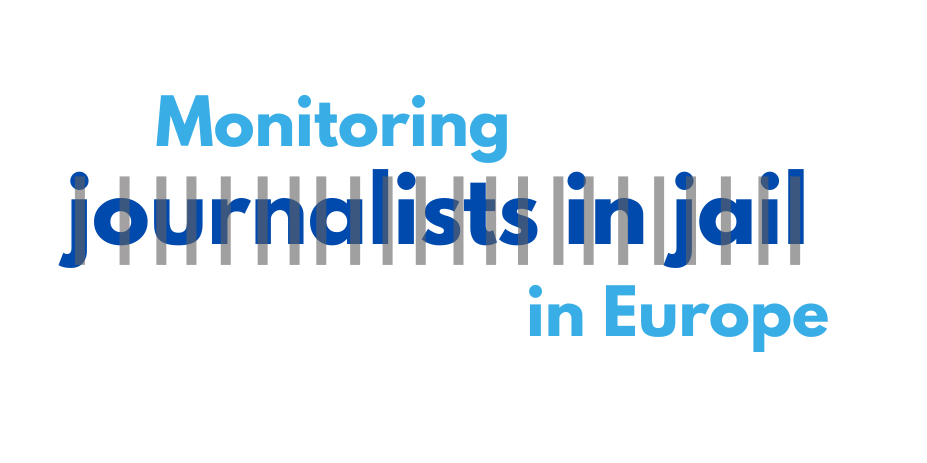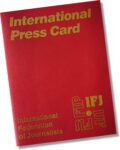New report calls for more diversity in talents in journalism
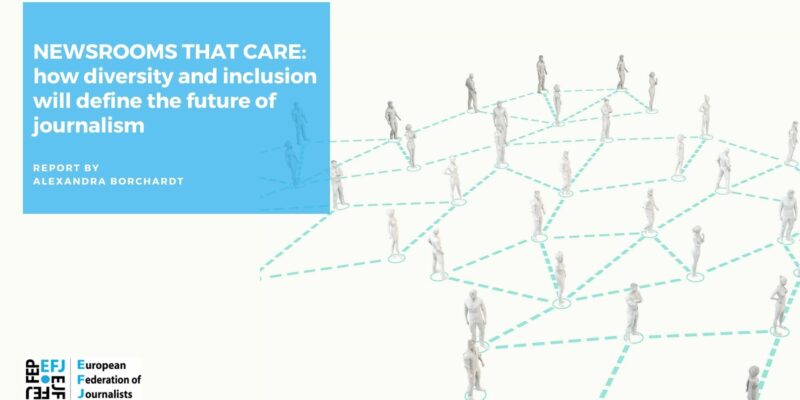
The future of journalism depends on the diversity of talents in the industry, says a new report published by the European Federation of Journalists (EFJ) entitled “Newsrooms that care: how diversity and inclusion will define the future of journalism”.
Diversity_reportAuthored by Alexandra Borchardt, a former journalist and senior research associate at the Reuters Institute, the 10-page paper presents some good practice examples and recommendations for achieving greater diversity and equality in newsrooms in the light of the ongoing digital transformation.
“Media organisations and managers should be aware of the fact that making newsrooms more diverse and inclusive will define the future of journalism and the industry. Not only is diversity at the core of digital transformation: Going digital means serving different audiences better and meeting them where they are. But it is also essential for an industry that increasingly suffers from brain drain and a talent crisis,” said Alexandra Borchardt.
As echoed during the EFJ conference organised last month in Malaga on how gender equality and diversity can contribute to promoting trust in the media, the report calls for an urgent culture shift.
“We need journalists to be able to bypass hierarchical and homogeneous content productions first of all by embedding inclusion inside the newsroom. Moreover, to be really effective such a desire must reflects all the production pipeline. Thereby, we need more gender and minorities representation in power positions,” she added.
The author warned that journalism is facing a talent crisis. To fill this gap, there is a need to broaden the pool of journalists and media managers in newsrooms to include different ethnic and social backgrounds, as well as different ages and genders. This is also particularly relevant for the digital transformation as artificial intelligent (AI) in journalism contain and amplify biases.
This report is published in the framework of the project “Trust in Media” co-financed by the European Commission (DG EMPL).
This activity is part of a two-year project “Trust in Journalism” launched by the EFJ and is co-funded by the European Commission (DG EMPL).
